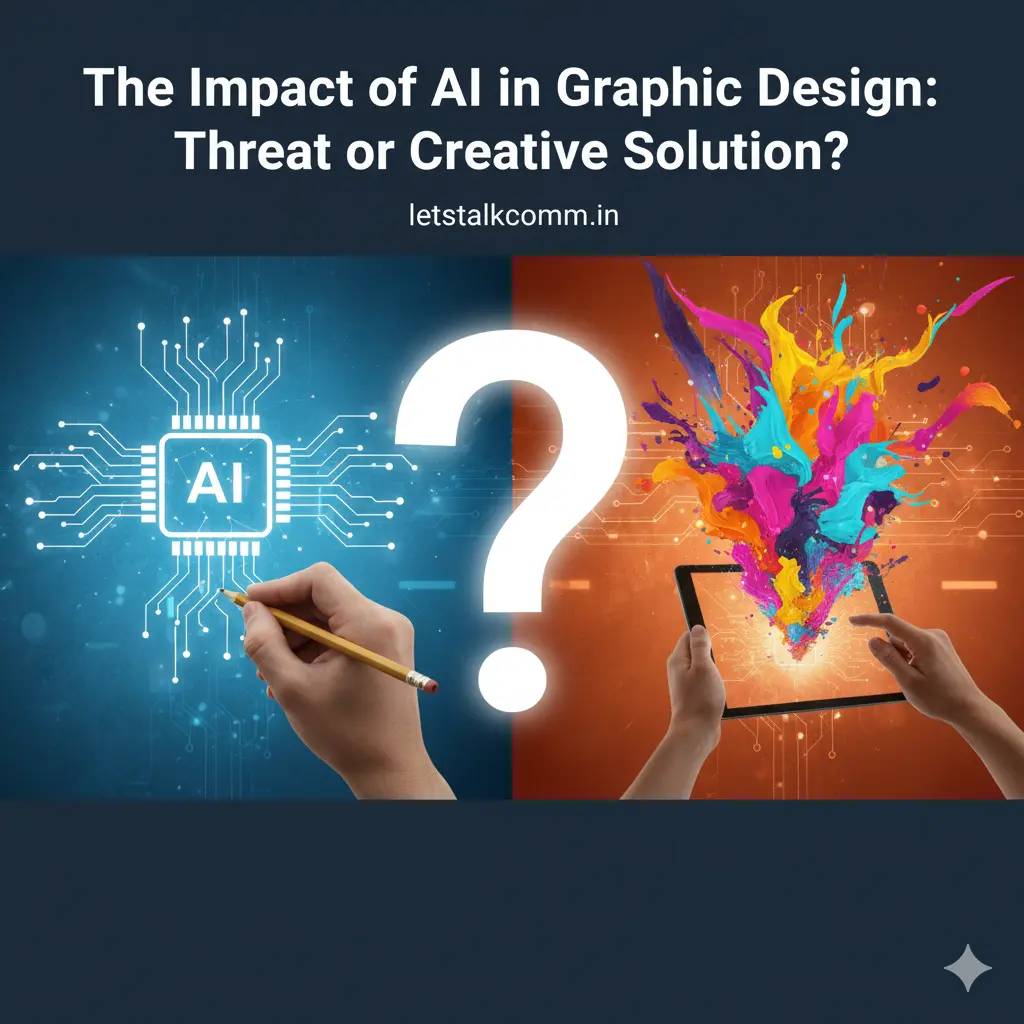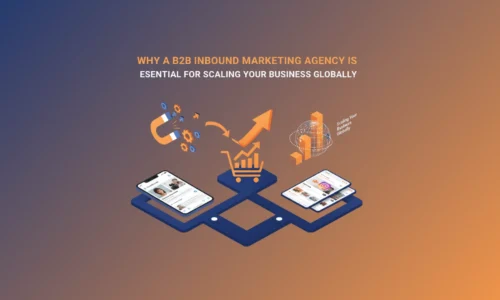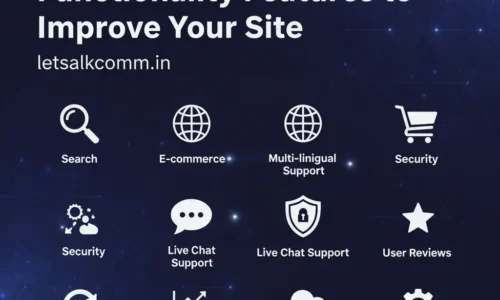
The Evolution of Design Technology
The design landscape has undergone remarkable transformation over the past decade. What began with simple automation features like content-aware fills has evolved into sophisticated AI systems capable of generating complete visual concepts. This technological leap has arrived at a critical juncture for the creative industry, where tightening budgets, accelerated production cycles, and demands for personalized content across multiple platforms have created unprecedented pressure.
While generative AI promises to address these challenges simultaneously, it also raises profound questions about aesthetic homogenization, craftsmanship, and ethical considerations surrounding data usage and intellectual property rights. Before embracing or rejecting these tools, we must understand how they integrate into existing workflows and where human creativity remains essential.
Understanding the Apprehension
The resistance to AI in design stems primarily from concerns about:
Ownership: When AI systems train on existing creative works, the boundaries of intellectual property become increasingly blurred
Originality: The ability of AI to produce multiple design iterations in seconds creates an uneven playing field for traditional designers
Economic opportunity: Client questions about the necessity of design retainers threaten established business models
However, this anxiety parallels historical reactions to previous technological advancements in design. Desktop publishing and vector graphics initially faced similar skepticism before becoming industry standards.
It’s worth noting that current AI systems still struggle with brand tone nuances and cultural context—areas where human designers maintain a significant advantage. Moreover, the strategic deployment of AI tools remains firmly in human hands, positioning designers as conductors rather than being replaced.
AI as a Creative Amplifier
Rather than viewing AI as competition, forward-thinking designers are embracing it as a collaborative tool that expands creative possibilities. AI functions as an always-available draft generator that can:
– Visualize conceptual ideas in their early stages
– Propose unexpected color combinations and design elements
– Rapidly adapt assets for various screen sizes and formats
This technological partnership allows designers to focus on their highest-value contributions: strategic thinking, conceptual development, and authentic storytelling. Marketing agencies are already leveraging these capabilities to maintain quality standards while meeting increasingly demanding timelines.
The most significant benefits include:
– Accelerated ideation through multiple visual iterations from single prompts
– Data-informed layout optimization using predictive analytics
– Seamless localization for multilingual campaigns—particularly valuable in diverse markets
Importantly, each of these advancements still requires human curation, refinement, and approval. AI tools enhance rather than replace the designer’s expertise.
The Emerging Design Landscape
The question isn’t whether AI will replace designers, but how it will transform the profession. We’re likely to see the emergence of specialized roles like prompt architects and model ethicists—professionals who combine technical AI knowledge with traditional design principles.
Organizations may develop proprietary AI models trained specifically on their brand guidelines, enabling consistent visual production while protecting intellectual assets. Agencies that successfully integrate human creativity with AI capabilities will distinguish themselves through responsible innovation that enhances marketing effectiveness without sacrificing the human touch that resonates with audiences.
Embracing the Creative Partnership
Every technological revolution in design was once viewed as threatening before becoming standard practice. AI represents not the end of design but its evolution—a powerful new tool in the creative arsenal.
The most successful designers and agencies will be those who learn to harness AI’s capabilities while maintaining their unique creative vision. In this new landscape, AI functions not as a replacement but as a creative partner, helping brands tell smarter, more impactful visual stories that connect with their audiences on deeper levels.
The future of graphic design isn’t about human versus machine, but about how this partnership can elevate creative expression to new heights. The question isn’t whether to adopt AI, but how to integrate it thoughtfully into your creative process to achieve results that neither human nor machine could accomplish alone.





